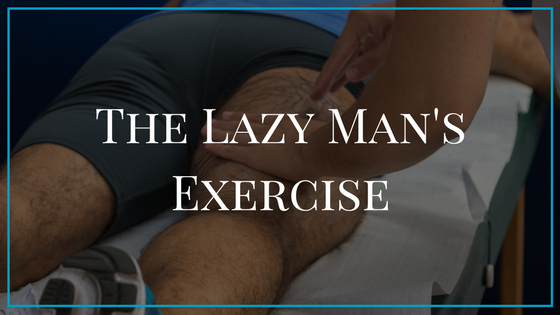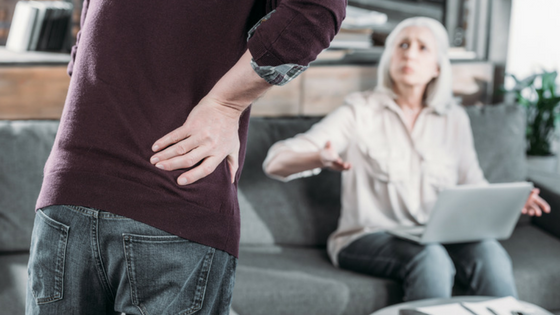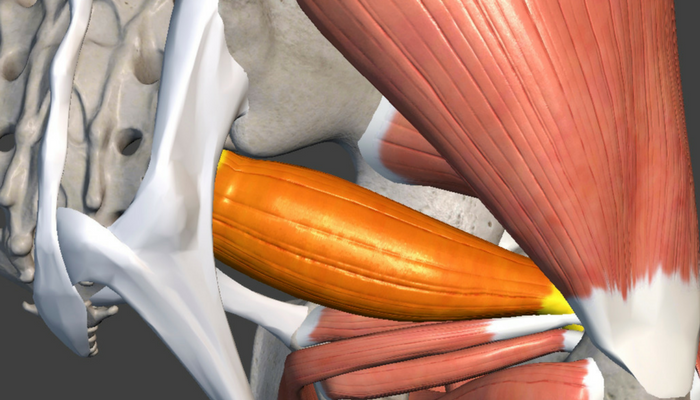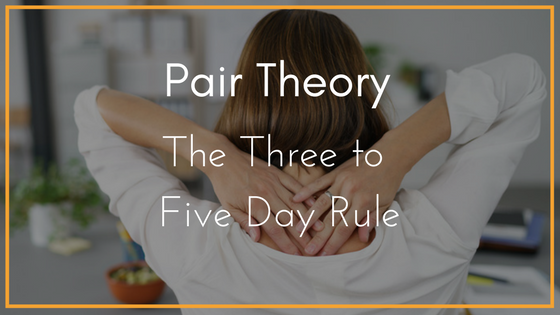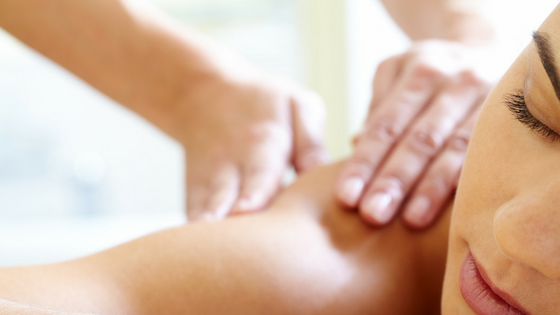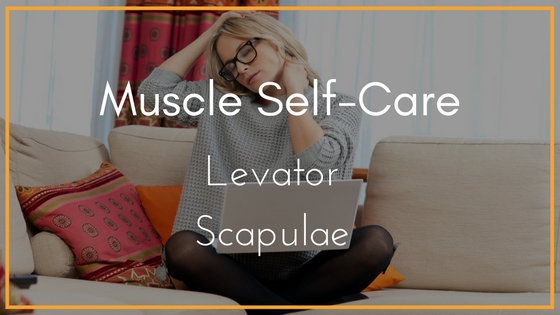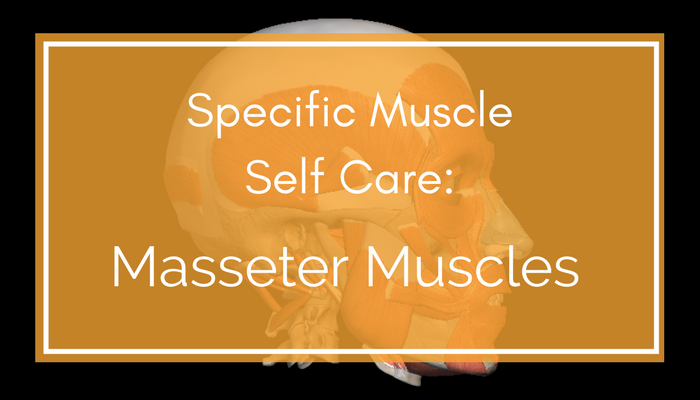It’s that time of year again (finally!) when the air cools down and the germs they start a-spreadin’.
With six kids all over the place, there’s not much that doesn’t walk through our door. Remarkably, we hardly ever get sick and when we do it is short lived and quickly kicked out by our immune systems. While genetics may certainly play a role in this, I also believe that 14 years of parenting experience and intuition have helped me find an immunity “sweet spot” that yields these kinds of results.
Certainly, adjustments will need to made to allow for individual circumstances. I do not profess to have found the all the answers but these are four things that have really worked for us.
No.1 Limit Processed Sugars
It is common knowledge that processed sugars are toxic and lower our immunity. Aside from the junk foods we all know we should limit we have to be careful of how remarkably skilled the food manufacturers have become at hiding these processed sugars in things like condiments, cereals, dairy products and even pickles! Read the labels and look for anything that ends in -ose (fructose, sucrose, dextrose, etc.) as well as filler sugar substitutes like maltodextrin (it’s everywhere!)
No. 2 Learn to Use Essential Oils
Like anything powerful, essential oils must be used with skill and wisdom to ensure safety and efficacy. Educate yourself on whatever method you see fit as there are many. Also, use high-quality reputable oils from companies like doTERRA, Rocky Mountain, and Young Living. Investing in quality essential oils will make all the difference. Learning to properly use essential oils has truly empowered me as a mother and saved me countless trips to the doctor and even the ER on occasion.
No. 3 Skip the Flu Shot
I am a big believer in the idea that the human body and the earth can do things far better than we ever could synthetically. While there is certainly a time and a place for those with severely compromised immunity, the flu shot introduces more risk than benefits for those with reasonably functioning immune systems. Avoiding a common, ever-evolving illness like the flu is far less important than building a solid personal immunity.
No. 4 Avoid Chemically “Antibacterial” Substances
There are SO many products out there that “sanitize”, “disinfect” and “clean” by using chemically “antibacterial” synthetics like triclosan and bleach.
The problem, especially when it comes to hand sanitizers (which I avoid at all costs) is that they kill EVERYTHING both good and bad. Yes, there is healthy, good bacteria that we need on our skin and our digestive tract for healthy function.
When we kill it all there begins to be an “imbalance in the Force” (for your Star Wars fans) between the microorganisms that inhabit our bodies. Fewer bacteria means more yeast (which is a fungus) which leads to different kinds of infections and problems. So if you see the word “antibacterial” or the phrase “kills 99.9% of germs” opt for a more natural soap, cleaners or hand sanitizer.
Pure Haven is easily the best company I have found out there for this because they skip the toxic chemicals altogether and are very effective.
